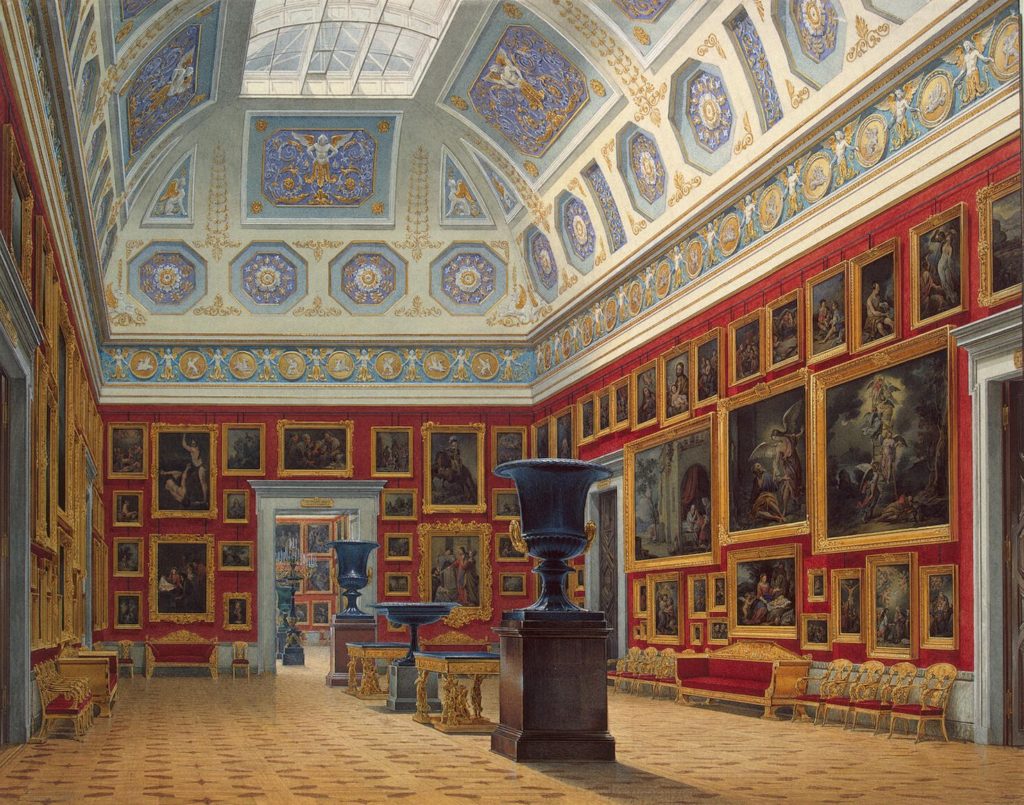This is joint work with Wojciech Aleksander Wołoszyn, who is about to begin as a DPhil student with me in mathematics here in Oxford. We began and undertook this work over the past year, while he was a visitor in Oxford under the Recognized Student program.
[bibtex key=”HamkinsWoloszyn:Modal-model-theory”]

Abstract. We introduce the subject of modal model theory, where one studies a mathematical structure within a class of similar structures under an extension concept that gives rise to mathematically natural notions of possibility and necessity. A statement $\varphi$ is possible in a structure (written $\Diamond\varphi$) if $\varphi$ is true in some extension of that structure, and $\varphi$ is necessary (written $\Box\varphi$) if it is true in all extensions of the structure. A principal case for us will be the class $\text{Mod}(T)$ of all models of a given theory $T$—all graphs, all groups, all fields, or what have you—considered under the substructure relation. In this article, we aim to develop the resulting modal model theory. The class of all graphs is a particularly insightful case illustrating the remarkable power of the modal vocabulary, for the modal language of graph theory can express connectedness, $k$-colorability, finiteness, countability, size continuum, size $\aleph_1$, $\aleph_2$, $\aleph_\omega$, $\beth_\omega$, first $\beth$-fixed point, first $\beth$-hyper-fixed-point and much more. A graph obeys the maximality principle $\Diamond\Box\varphi(a)\to\varphi(a)$ with parameters if and only if it satisfies the theory of the countable random graph, and it satisfies the maximality principle for sentences if and only if it is universal for finite graphs.

Follow through the arXiv for a pdf of the article.
[bibtex key=”HamkinsWoloszyn:Modal-model-theory”]
- My talk on Modal model theory as mathematical potentialism for the Oslo Potentialism Workshop, September 2020.
- My talk on Modal model theory for the STUK 4 conference in Oxford, December 2019.
- My initial post Introducing modal model theory
